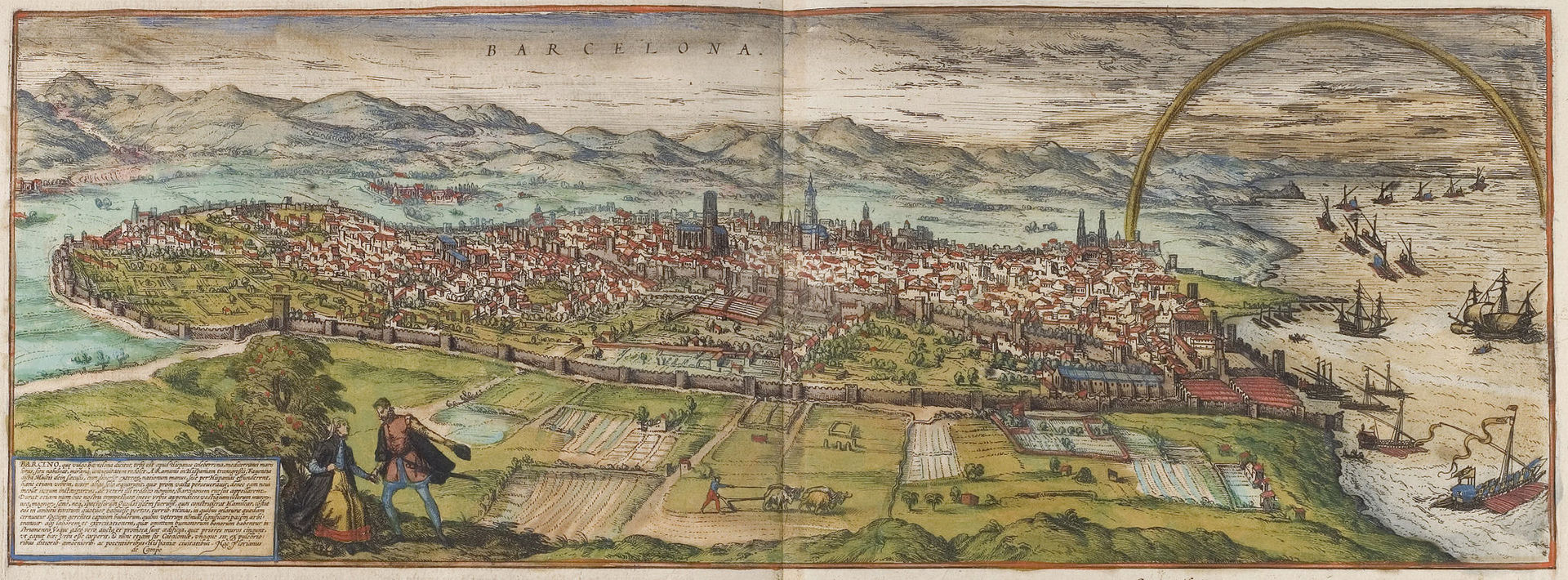17 / 05 / 2022
Barcelona’s Casa de Canvi: The First Regulator in History
The first “regulator” in history was created in Barcelona in 1401. That year, a bank of exchange and of common and safe deposit was established under the authority of the municipal magistracy, that ended up working as a de facto regulator of commerce and bankers. The Casa de canvi (“house of exchange” in Catalan) was the first entity of this kind in Europe, even before the Bank of St. George at Genoa (1407). In this kind of common bank communities and individuals kept commodities and cash in any currency and credit was given according to the value of each project.
Late 14th and early 15th century was a time of crisis all around Europe. The plague decimated a population that knew nothing of hygiene and sanitary conditions; Barcelona itself had 50.000 inhabitants in 1348 and c. 28.000 in 1400. The church, preying on superstition and ignorance, blamed the Jewish population on grounds that they refused to adhere to the “true faith”. Commerce, external and internal, was paralyzed. Thus the bank of exchange was born as a means to boost, regulate, and protect maritime commerce.
The goals of the Taula de canvi were to fund trade initiatives that did not have or could not find funding because of the hardships of the time, and to regulate trade and control bankers that committed fraud or other offences. If that happened, the responsibles for the Casa de canvi smashed that banker’s money-changing table with a hammer and the offender was taken to justice. It was at that time that the word “bankruptcy” (that literally means, “break a bank” – the word “bank” meant originally “bench”, “table”) became popular.
Below, Barcelona in the14th century. From George Braun and Frans Hogenberg, Civitates Orbis Terrarum (1572). Source, Viquipèdia.







